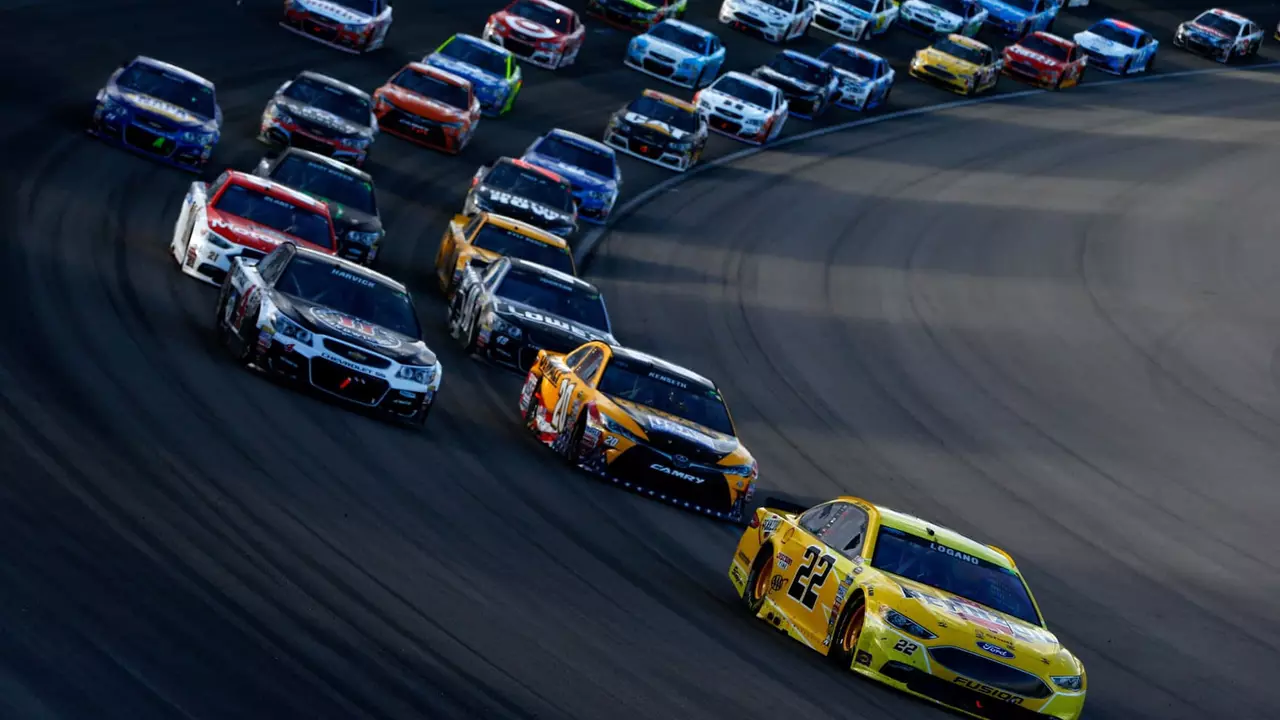Starting Racing: What the Start Line and Grid Really Mean
If you’ve ever watched a car race, the moment the lights go green is the most exciting part. But do you know what’s actually happening behind the scenes? In racing, the "start" isn’t just a random burst of speed – it’s a carefully organized process that begins at the start line and the starting grid.
The start line is the exact spot on the track where the race officially begins. It’s usually marked by a painted line across the track and flanked by timing sensors. When the timer hits zero, those sensors record every car’s launch time. The start line is more than a line on the pavement; it’s the point where strategy meets skill.
Getting Your Position on the Starting Grid
Before you even get to the start line, you’ll line up on the starting grid. Think of the grid as a parking lot for race cars, arranged in rows that correspond to qualifying times. The fastest qualifier gets pole position – the front‑most spot. Every other driver slots in behind based on their lap times.
The grid matters because a good spot can give you a cleaner line into the first corner. If you start on the inside, you’re closer to the racing line and can often carry more speed without fighting for space. On the other hand, a wider start might let you avoid traffic if the front cars bunch up.
Signals That Tell You When to Go
Most professional races use a set of lights – usually red, amber, and green – to signal the start. The sequence goes: all red lights on, then they all go off, amber lights flash, and finally the green lights flash on. When the green lights appear, you hit the throttle. Some series use a flag system – a waving black flag for a false start or a green flag for go.
For beginners, the key is to stay calm when the lights change. Don’t slam the pedal too hard; you want to avoid wheel spin, especially on a wet or slick surface. A smooth, controlled launch often beats a frantic one.
Another tip: watch the cars ahead of you. If the leader hesitates, you can gain an advantage by staying ready to react. Timing your launch a fraction of a second after the green light can help you avoid being caught in a pile‑up.
In amateur events, you might see a rolling start where cars line up behind a safety car and accelerate when the car pulls off. The principle is the same – you still need to know your position and be ready to surge.
Whether you’re on a professional circuit or a local drag strip, the start line and grid are the foundation of every race. Mastering them means you’ll get off the line faster, stay safer, and have a better chance of staying ahead.
So next time you line up, remember: check your grid spot, watch the lights, and launch with smooth power. That’s the recipe for a solid start in any racing scenario.
How can one start car racing if racing is illegal?
Hey racing enthusiasts! So, you've got the speed demon in you but the law isn't quite on your side? No worries! It's still possible to quench that thirst for adrenaline without running afoul of the law. The simplest answer is, get into legal racing! From go-karting to joining amateur racing leagues, there are loads of ways to make those tires screech and leave some rubber on the track. Plus, who knows, you might just end up being the next Schumacher without a single traffic ticket to your name!
Read More